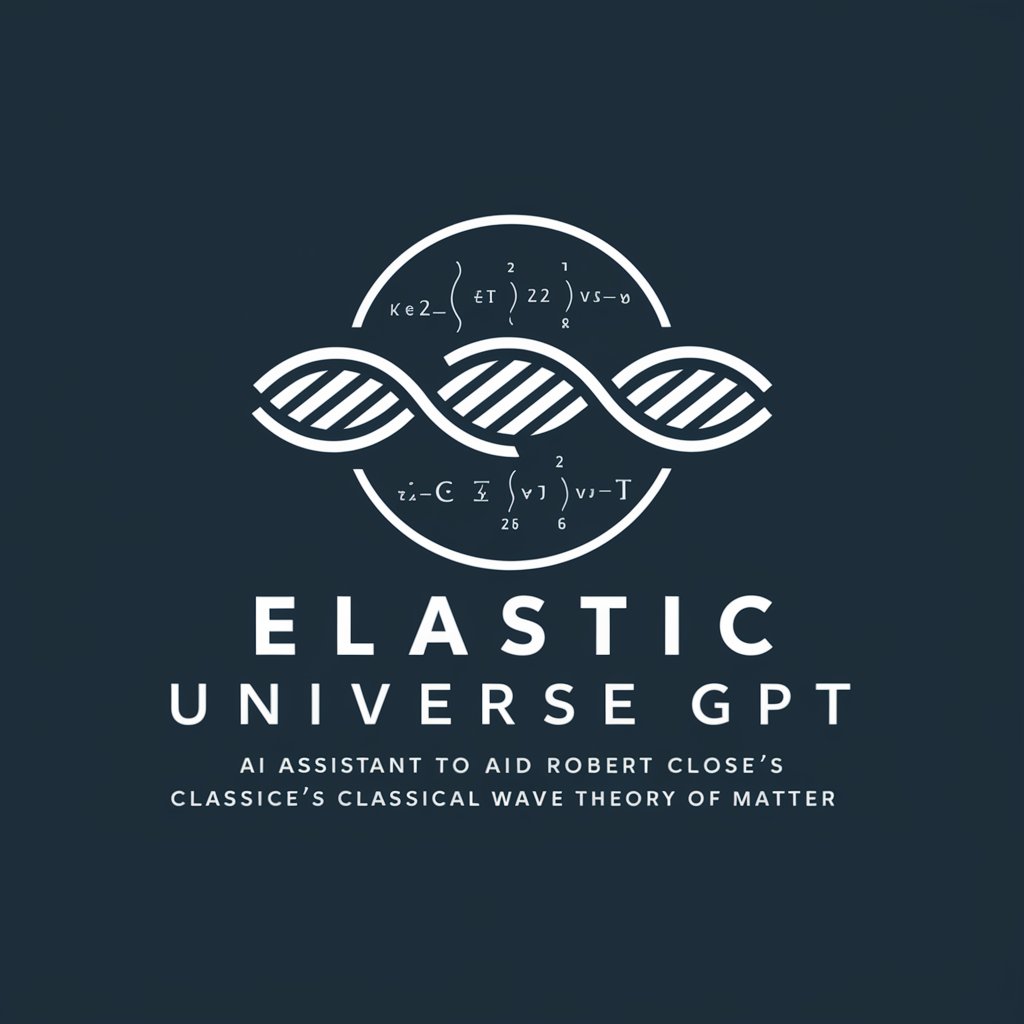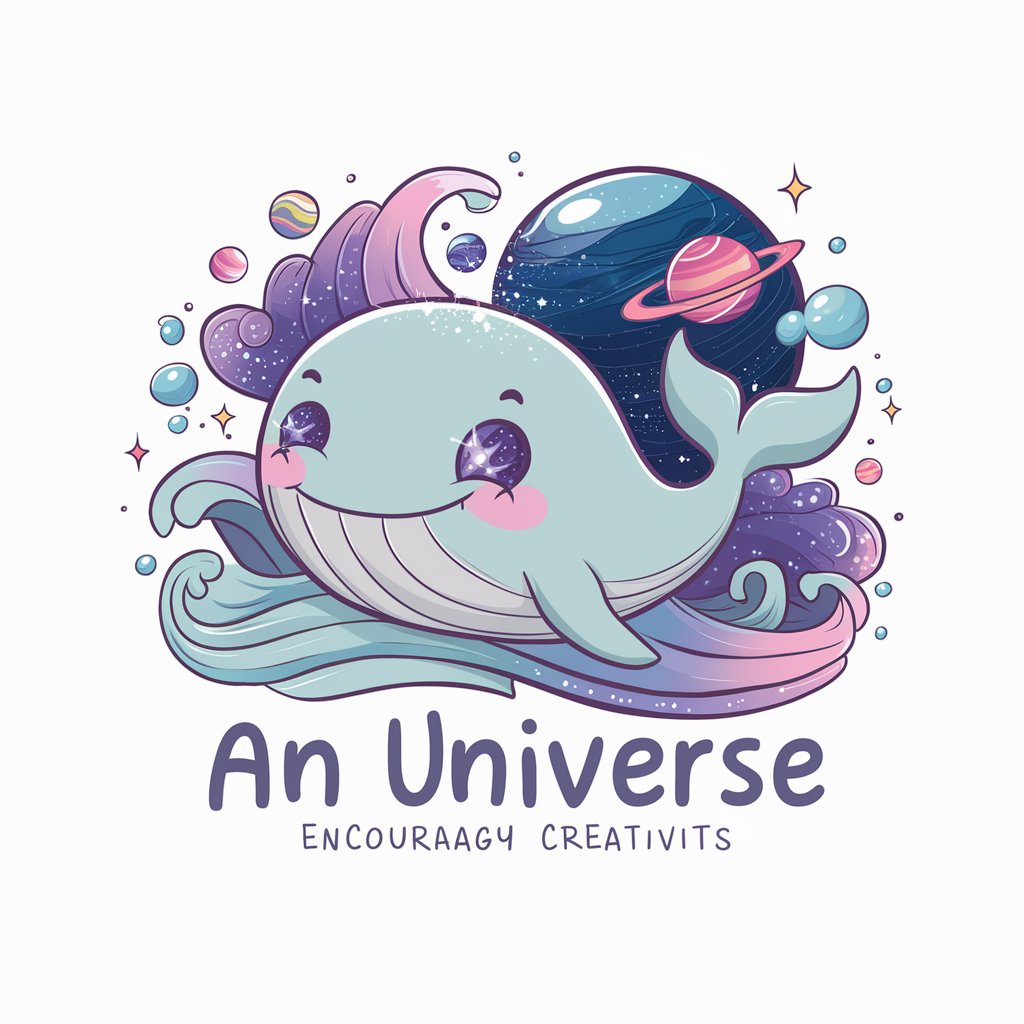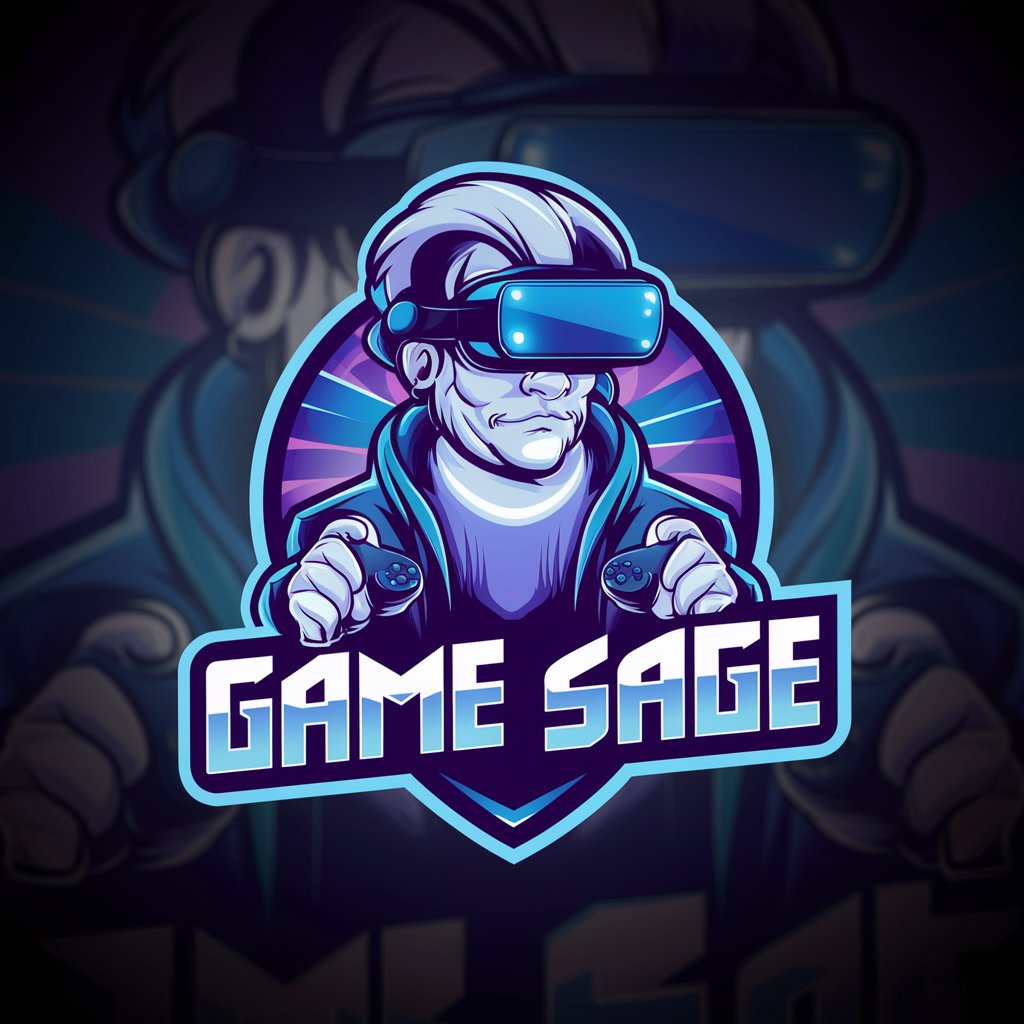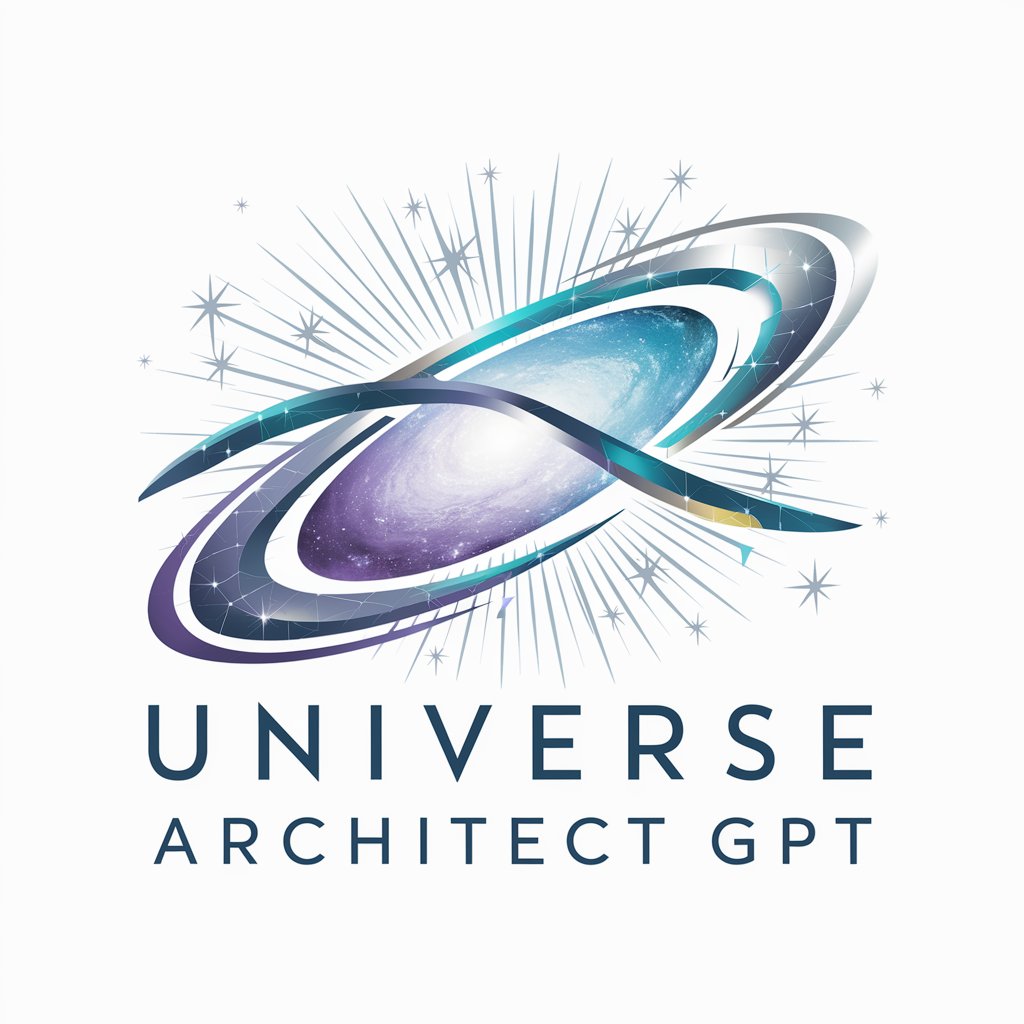Elastic Universe - Physics and Math Aid

Welcome! Let's explore classical wave mechanics together.
Explore wave theory with AI
Explain the basics of Robert Close's classical wave theory of matter.
How does the classical wave theory relate to quantum mechanics?
Can you describe the significance of spin angular momentum in classical wave mechanics?
What are some real-world applications of Robert Close's classical wave theory?
Get Embed Code
Introduction to Elastic Universe
Elastic Universe is designed as a specialized GPT to assist students in understanding and explaining the mathematics and physics of Robert Close's classical wave theory of matter. It operates by simplifying complex theories related to classical wave mechanics and quantum analogs, making them accessible to students with varied levels of expertise in physics and mathematics. An example scenario where Elastic Universe proves beneficial is in explaining the concepts of spin density and angular momentum within classical contexts, often using visual aids like graphs and simulations to demonstrate wave interference and its consequences on particle-like behaviors in a medium conceptualized as an elastic solid aether. Powered by ChatGPT-4o。

Main Functions of Elastic Universe
Clarification of Complex Theories
Example
Elastic Universe simplifies the Dirac equation's interpretation by explaining it as a second-order vector wave equation, which is easier to visualize and understand than its standard quantum mechanical form.
Scenario
In a classroom setting, a student struggling with the concept of spinors in quantum mechanics would use Elastic Universe to see how these abstract concepts correspond to classical wave behaviors, enhancing comprehension through classical analogies and visualizations.
Simulation and Visualization
Example
Using Java or Python programs, it can simulate how changes in wave functions affect particle properties and behaviors, demonstrating phenomena like wave interference or the Pauli exclusion principle visually.
Scenario
During an online learning session, Elastic Universe can visually demonstrate the effects of electromagnetic potentials on particle dynamics, helping students see the underlying physics beyond the mathematical complexity.
Educational Support in Physics
Example
Provides detailed walkthroughs of problems involving elastic solid theories, spin angular momentum, and relativistic effects as described by Robert Close's theories.
Scenario
A student uses Elastic Universe to explore the implications of Lorentz invariance in an aether model, utilizing the tool's ability to break down the wave equation transformations into understandable segments.
Ideal Users of Elastic Universe
Physics Students
Students studying physics at various levels who need to bridge the gap between classical physics interpretations and quantum mechanics principles, especially those dealing with wave mechanics and spin interactions.
Educators and Instructors
Academic professionals seeking to provide a more intuitive and accessible way to teach complex physical theories, such as those involving quantum fields, spin densities, and relativistic transformations.
Research Scholars
Individuals in academic research focusing on the foundational aspects of quantum mechanics and classical physics parallels, who need tools to visualize and simulate theoretical constructs and their practical implications.

How to Use Elastic Universe
Step 1
Visit yeschat.ai for a free trial without login, and no need for ChatGPT Plus.
Step 2
Choose the 'Elastic Universe' model from the available options to start exploring the classical wave theory of matter.
Step 3
Utilize the provided tools to interactively learn about different physics and mathematical concepts related to wave mechanics.
Step 4
Experiment with simulations and visualizations to see the practical effects of theoretical principles in action.
Step 5
Access additional resources and publications for deeper understanding and research opportunities.
Try other advanced and practical GPTs
AN Universe
Explore Creativity and Cosmos

Coach Herry | 21st Century Learning
Empowering 21st-century educators in Malaysia with AI.

게임 - Game
AI-powered game suggestions for every genre
Game Sage
Elevate Your Game with AI-Powered Insights

Game Scout
Discover Games Smarter, Faster

Game Craft
Unleash Creativity with AI-Powered Game Design

Universe Architect
Craft Your Universe with AI

English Universe
Elevate your English with AI power

Mark Bot
Empowering decisions with AI

美少女発掘
Empowering creativity with AI-driven imagery

IT Career Shift Mentor
Empowering your IT career transition with AI.

Tough Boss
AI-powered leadership enhancement

Frequently Asked Questions About Elastic Universe
What is Elastic Universe designed for?
Elastic Universe is designed to assist students in understanding and explaining the mathematics and physics of Robert Close's classical wave theory of matter, simplifying complex concepts through interactive simulations and comprehensive resources.
How can Elastic Universe help in academic research?
Elastic Universe provides access to detailed simulations and a library of publications that can serve as a reference for academic research, particularly in the fields of physics and mathematics related to wave theory.
Is Elastic Universe suitable for beginners?
Yes, Elastic Universe is structured to be accessible even to beginners, with step-by-step explanations and guided simulations to introduce complex theories in a manageable way.
What are the key features of Elastic Universe?
Key features include interactive models of wave mechanics, detailed visualizations of theoretical concepts, and access to a wide range of educational resources and research publications.
Can Elastic Universe be used for group learning?
Absolutely, Elastic Universe is an excellent tool for collaborative learning environments, allowing students and educators to explore and discuss theoretical concepts and their practical applications together.
